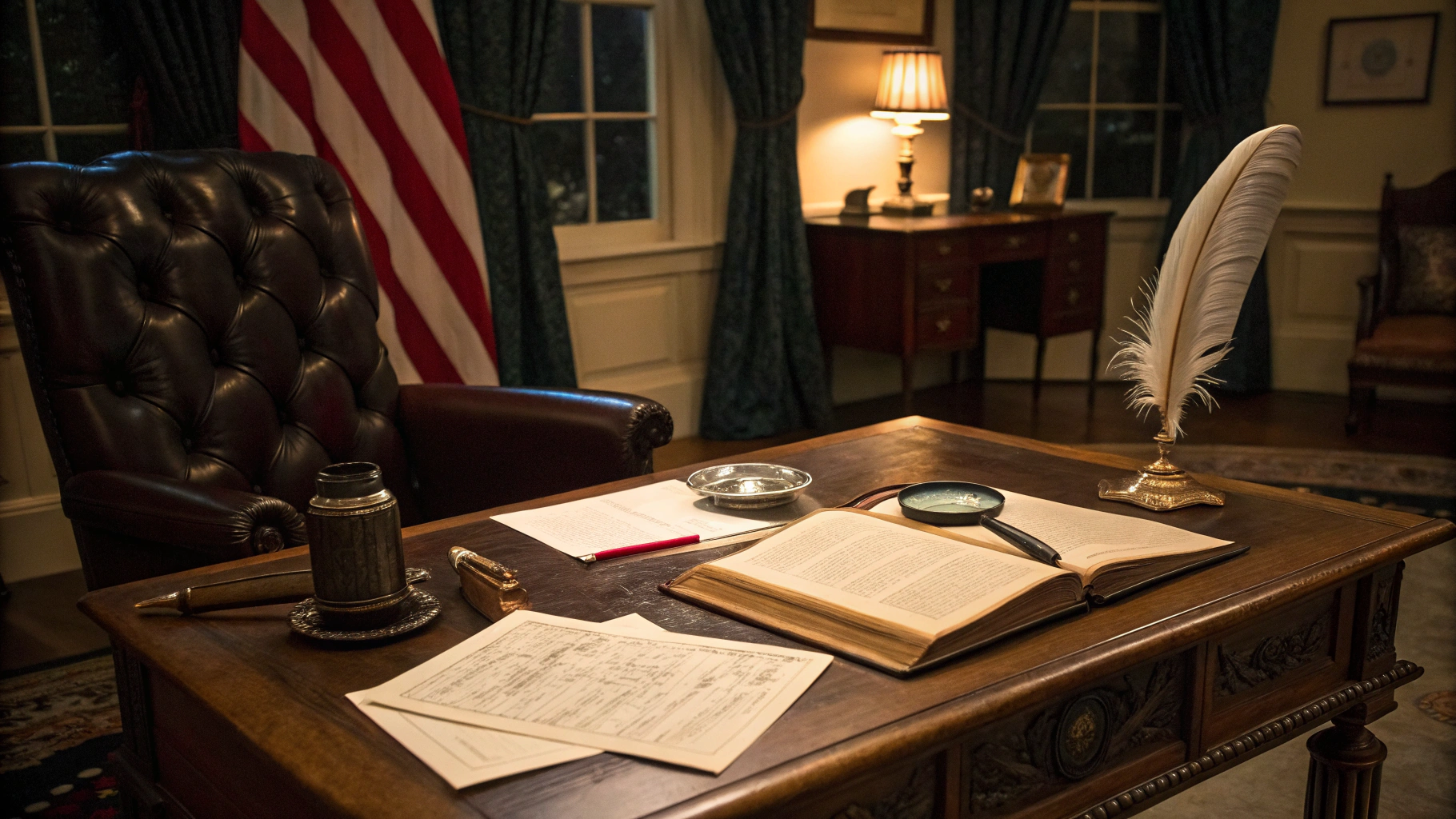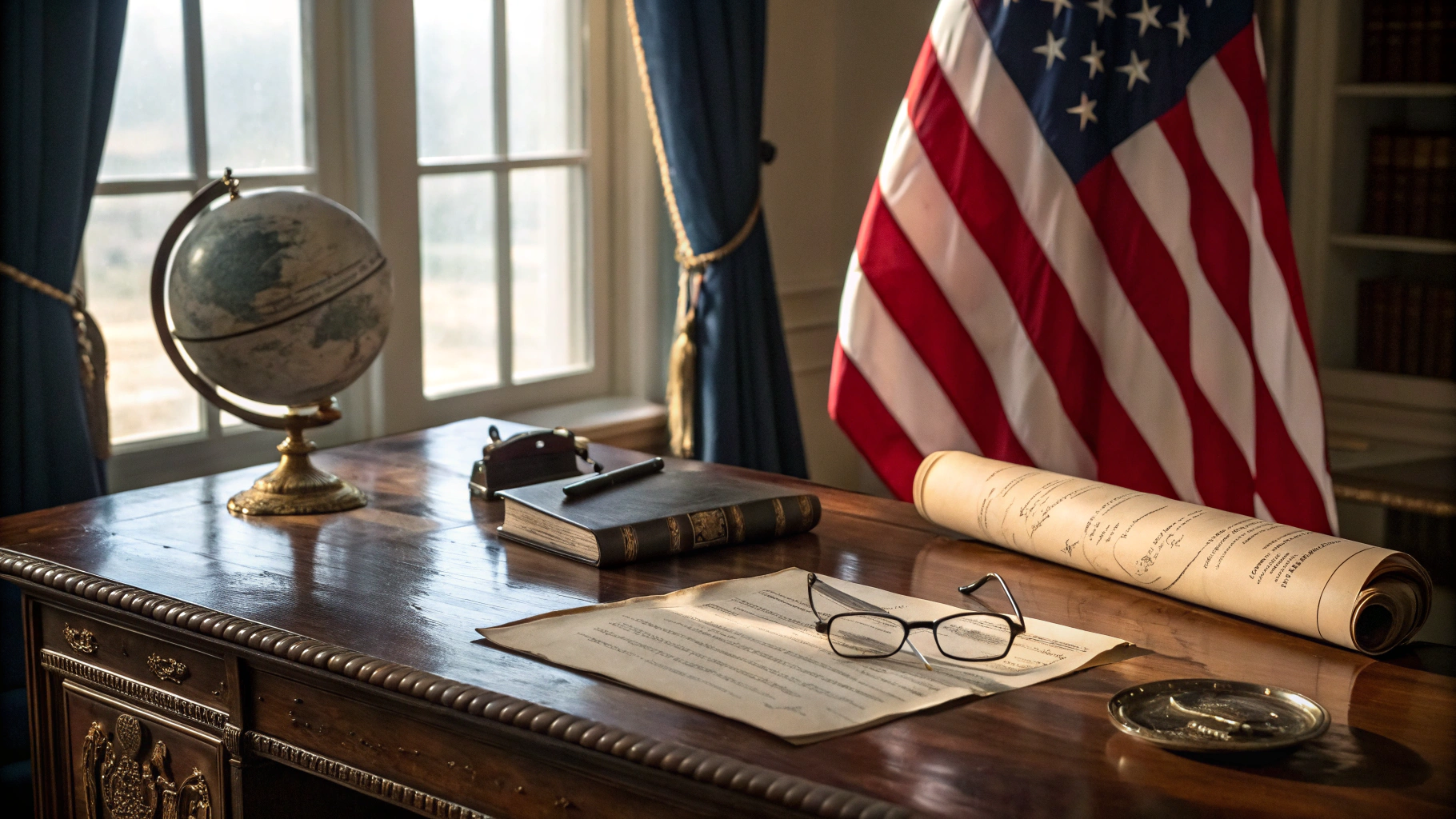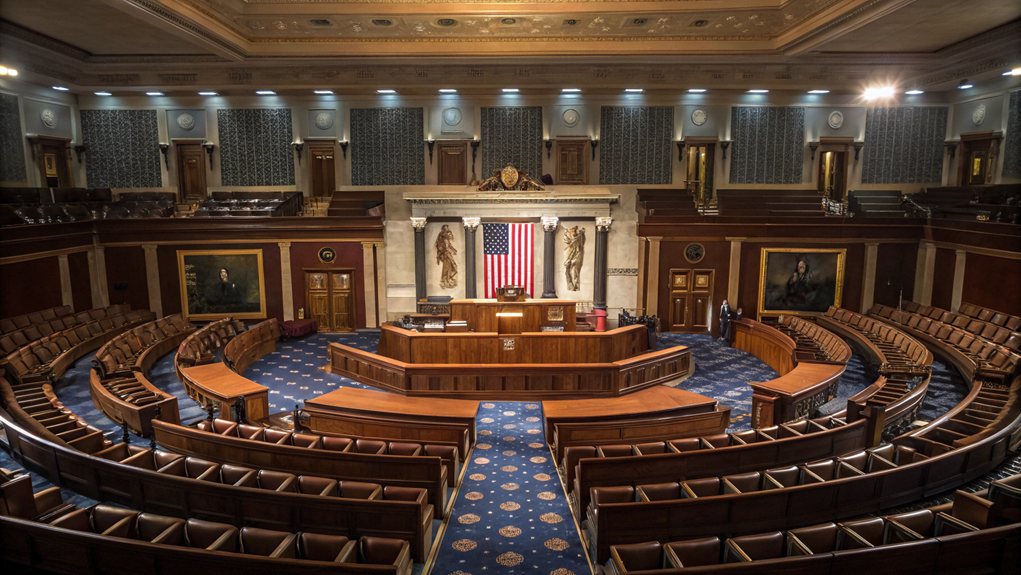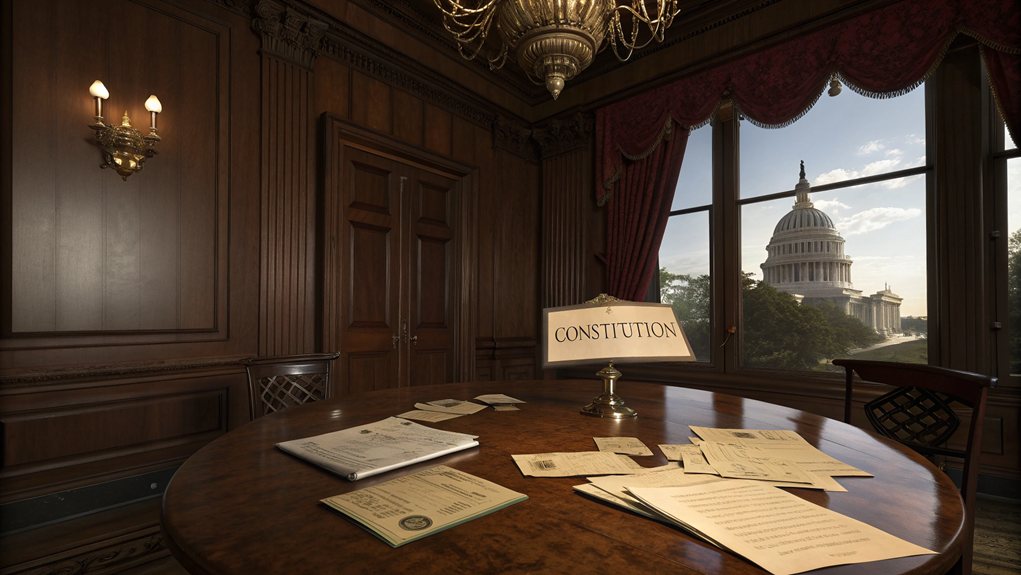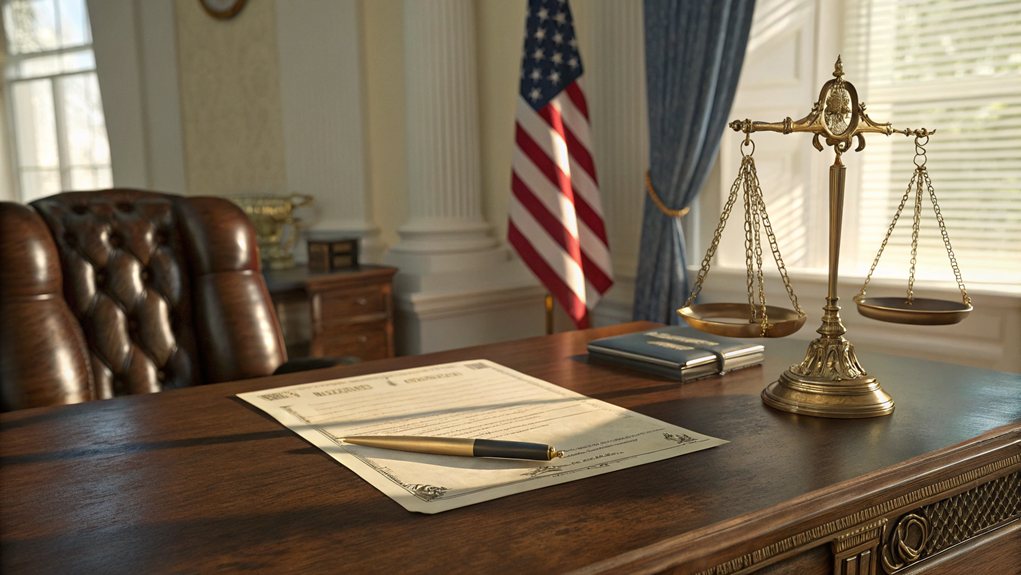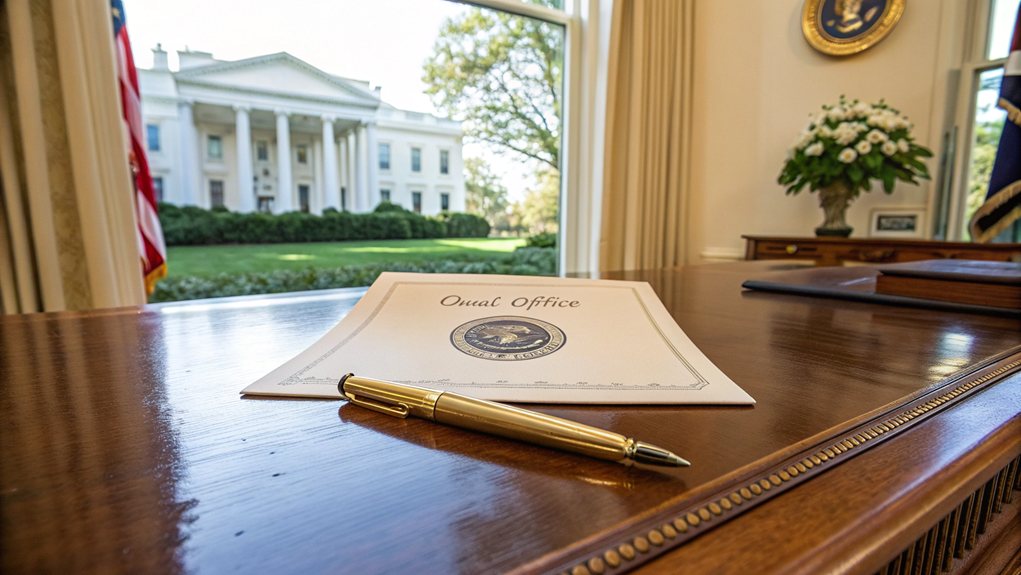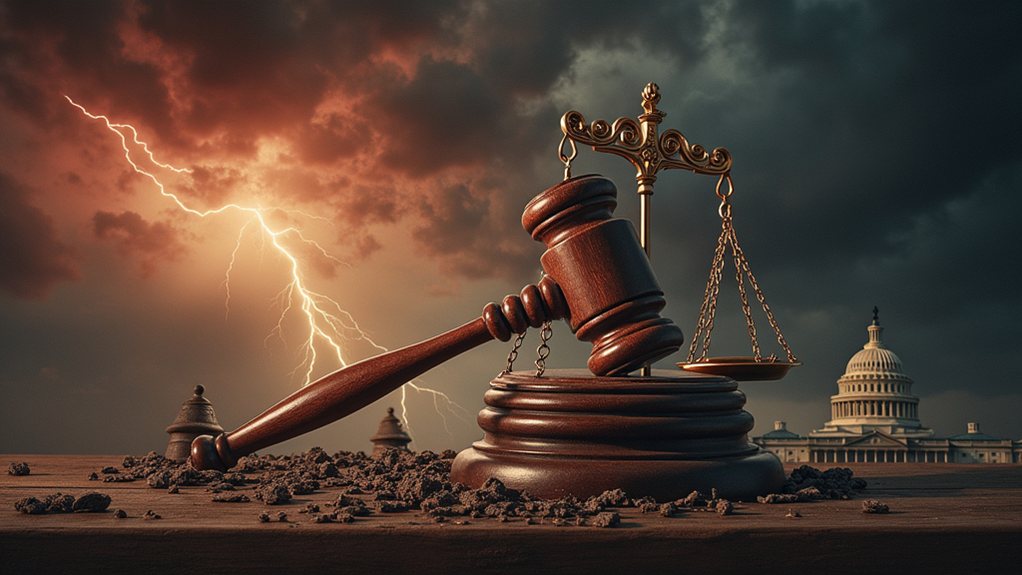Signing statements are like presidential side-notes to new laws. They let the Prez express opinions or concerns, often stirring the pot about power dynamics. Some folks claim they undermine democracy and legislative intent. Presidents, from Reagan to Obama, have wielded them to clarify stances or challenge parts of laws. It's a game of political chess, and it sparks debate over who really calls the shots in D.C. Stick around; there's more to this all-important tug-of-war.
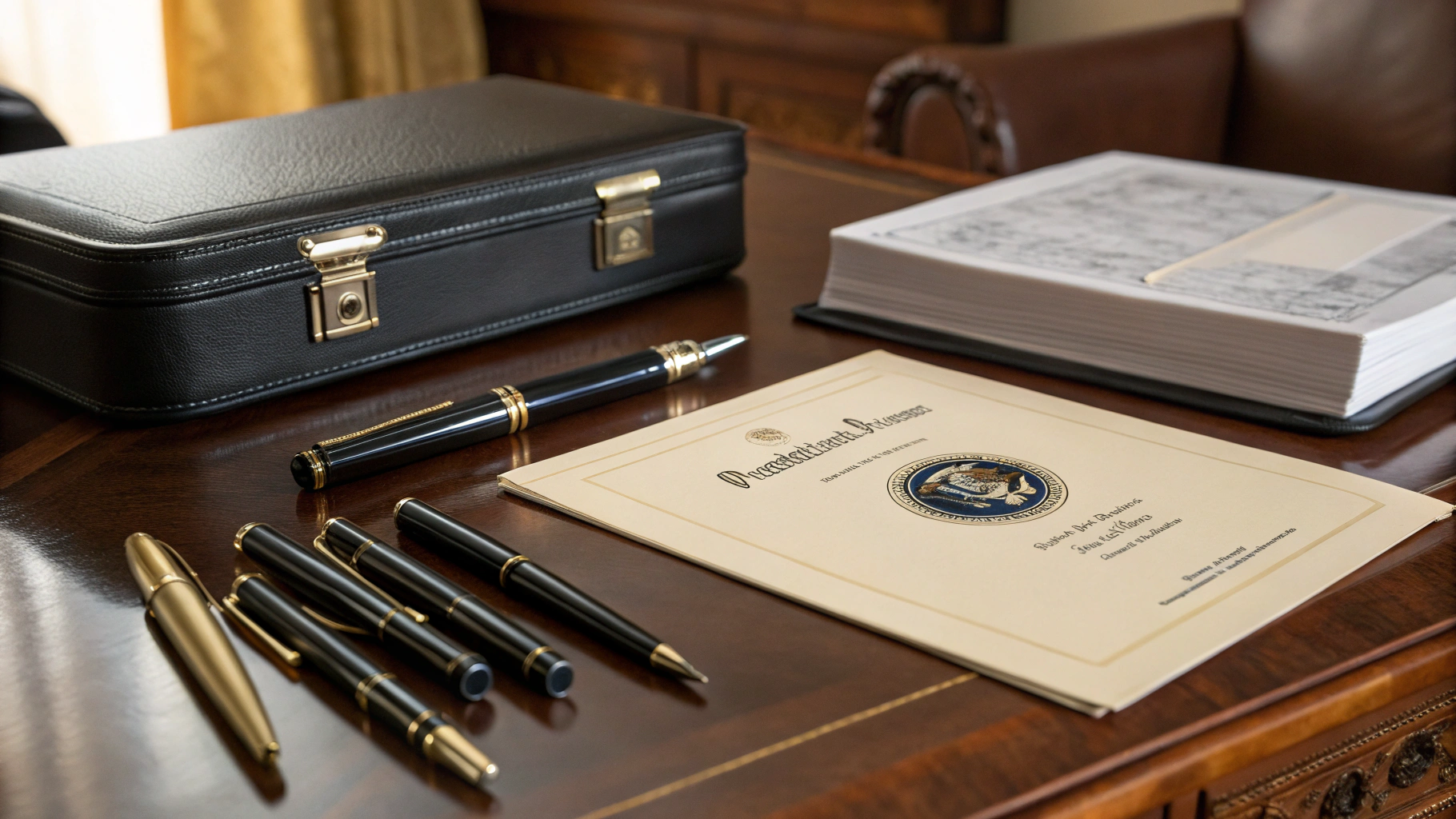
Signing statements—those little notes presidents attach when they sign a bill into law—might seem like just another piece of paper, but they pack a punch. These pronouncements are the president's way of expressing their views on the laws they just signed. Think of them as a sort of post-it note for legislation, only way more official and slightly less colorful. Published in the Federal Register and other official documents, signing statements can be rhetorical, political, or downright constitutional in nature.
Signing statements are the president's official notes on new laws, blending rhetoric, politics, and constitutional insights.
Historically, these statements have been around since the early 1800s, but they didn't really make a splash until the Reagan era, which cranked up the volume on their use. Reagan, for instance, encouraged courts to pay attention to these statements when interpreting laws. Controversy? Oh, there's plenty. Critics argue that presidents using these statements to declare parts of a law unconstitutional are basically thumbing their noses at the separation of powers. Not cool, right?
Let's talk specifics. George W. Bush was quite the signing statement aficionado, challenging over 1,000 provisions of laws. Ronald Reagan issued 276, with a hefty 71 raising constitutional concerns. Presidents like Jimmy Carter and Gerald Ford also dabbled here, but Bush took it to a whole new level. Signing statements serve to avoid vetoing an entire bill due to discrete statutory issues, promoting dialogue between the executive branch and Congress. Notably, George W. Bush issued more signing statements than all previous presidents combined, emphasizing his approach to executive power.
Barack Obama? He used signing statements to articulate his own constitutional worries.
Frequently Asked Questions
Are Signing Statements Legally Binding on Government Agencies?
Signing statements? Not legally binding. Nope. They're just the president's way of chatting about a law without actually changing it.
Think of them as a fancy post-it note. Sure, they might guide how officials interpret laws, but in the grand scheme? Courts don't usually pay them much mind.
Critics say they could mess with the balance of power, but hey, it's just a note, right? Not like it's written in stone!
How Do Signing Statements Differ From Vetoes?
Signing statements and vetoes are not the same, folks.
A veto is a big, bold "no" to a whole law, while a signing statement is more like a "well, I'm signing this, but…"
It lets the president complain about parts of a law without tossing the entire thing in the trash.
Think of it as a middle ground.
One says "I reject this," and the other says "Let's negotiate, sort of."
Quite the political dance!
Can Congress Override a Signing Statement?
Congress can't directly override a signing statement. Nope, that's not in the playbook.
Unlike a veto, which can be overturned, signing statements just sit there, interpretive and non-binding.
They're like a cheeky note from the president saying, "Here's how I see it."
Sure, Congress can grumble, but it lacks the power to toss these statements aside.
Do All Presidents Use Signing Statements?
Not every president jumps on the signing statement bandwagon, but most do.
It really took off during Reagan's time, and since then, every president has dabbled in this quirky form of commentary. They use it to air grievances, interpret laws, or just show off their thoughts.
Sure, some critics think it's a sneaky way to get around the law, but hey, who doesn't love a little executive flair?
What Are the Historical Origins of Signing Statements?
Signing statements? They go way back to James Monroe in 1822.
Monroe kicked things off, pointing out where laws clashed with the Constitution. Fast forward, and presidents like Jackson and Tyler chimed in too, but it wasn't common.
Then came Ronald Reagan, who cranked up the volume—over 250 statements!
By the time George W. Bush hit the scene, it was a free-for-all, with over 750 challenges.
Welcome to the wild world of presidential power plays!
